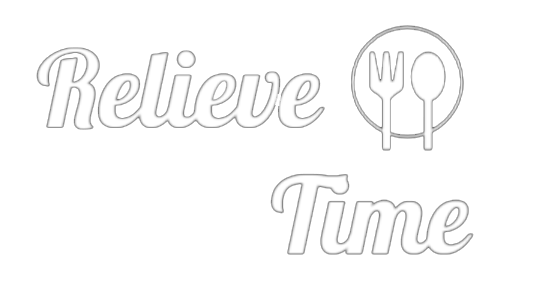This Chart Reveals the Jobs That Pull in the Most Tips [Infographic]
In 2025, tipping seems more ubiquitous — and contentious— than ever. Rather than an unimposing jar of singles with a punny label sitting on a counter, mobile payment services like Toast and Square bring the tipping options front and center. Though tapping a screen does make adding an extra dollar to your coffee purchase easier, the suggestion to add at least 25 percent to almost any transaction has led some Americans to believe that tipping has spiraled out of control.
Not to mention that tips (and particularly taxes on tips) have been a point of contention under the current administration. Earlier this year, President Trump exclaimed at a rally in Las Vegas that workers who rely on gratuity should be entitled to keep 100 percent of their tips. This sentiment evolved into a “No Tax on Tips” provision in Trump’s One Big Beautiful Bill Act, which passed in July. In response, the Department of Treasury and the Internal Revenue Service (IRS) drafted a guidance on the provision, demonstrating how the new regulations will impact specific jobs.
For this analysis, the IRS and Treasury Department breaks down occupations into distinct categories including Food and Beverage Service, Entertainment and Events, Hospitality and Guest Services, Transportation and Delivery, and more. The report further breaks down the specific occupations within each group, differentiating between jobs like bartender, wait staff, chefs, and dishwashers within the Beverage & Food Service category. The document shares the percent of workers who report that they receive tips, as well as the tips as a percentage of the total wage for each occupation.
The data reveals which workers rely on gratuity the most. Check out our graph below to see which jobs — in food, beverage, hospitality, and those adjacent to it — pull in the most tips.
*Image retrieved from DC Studio via stock.adobe.com
The article This Chart Reveals the Jobs That Pull in the Most Tips [Infographic] appeared first on VinePair.
